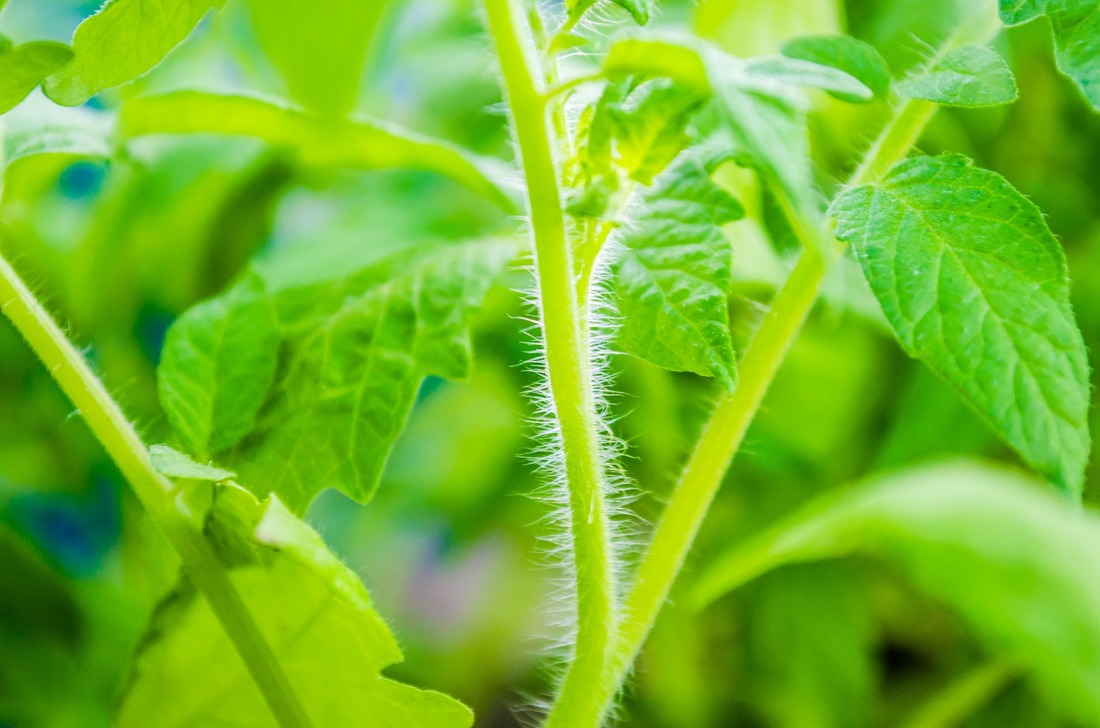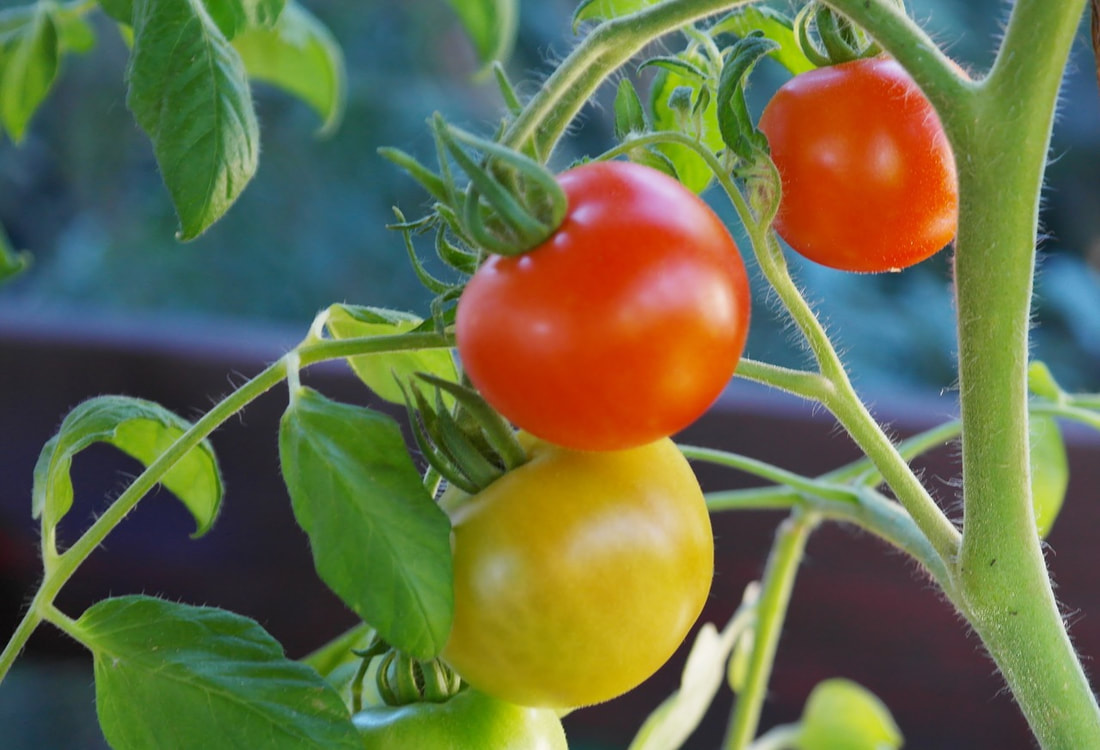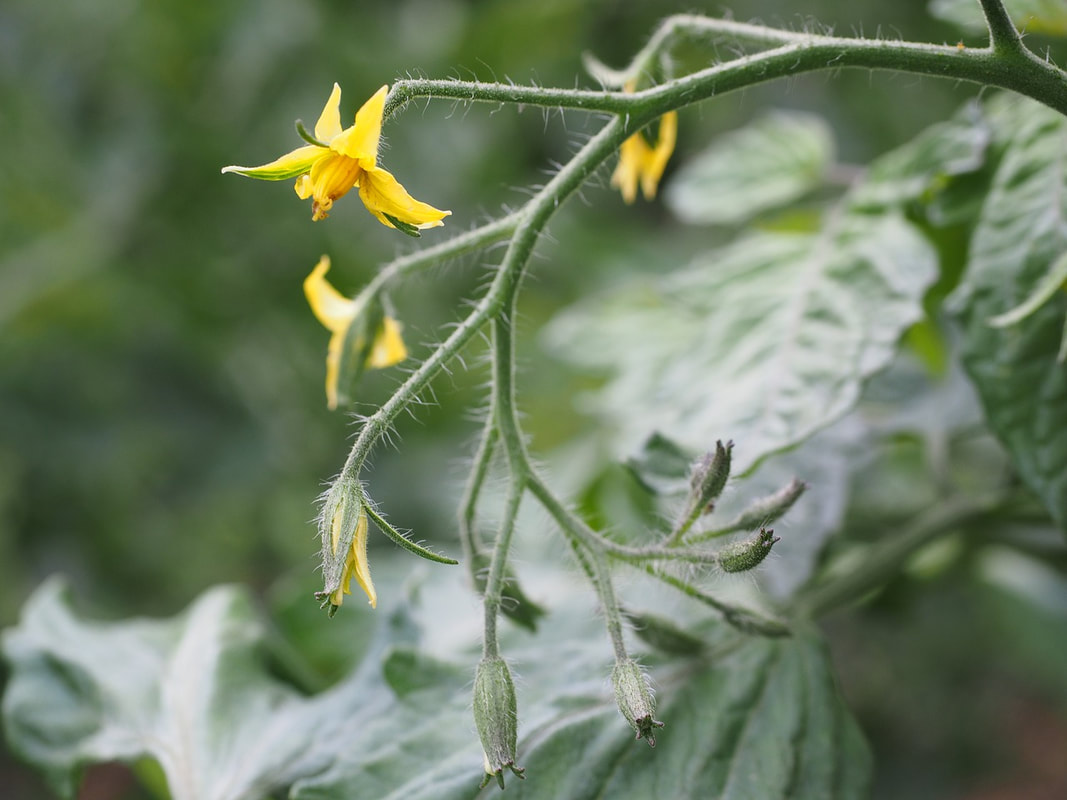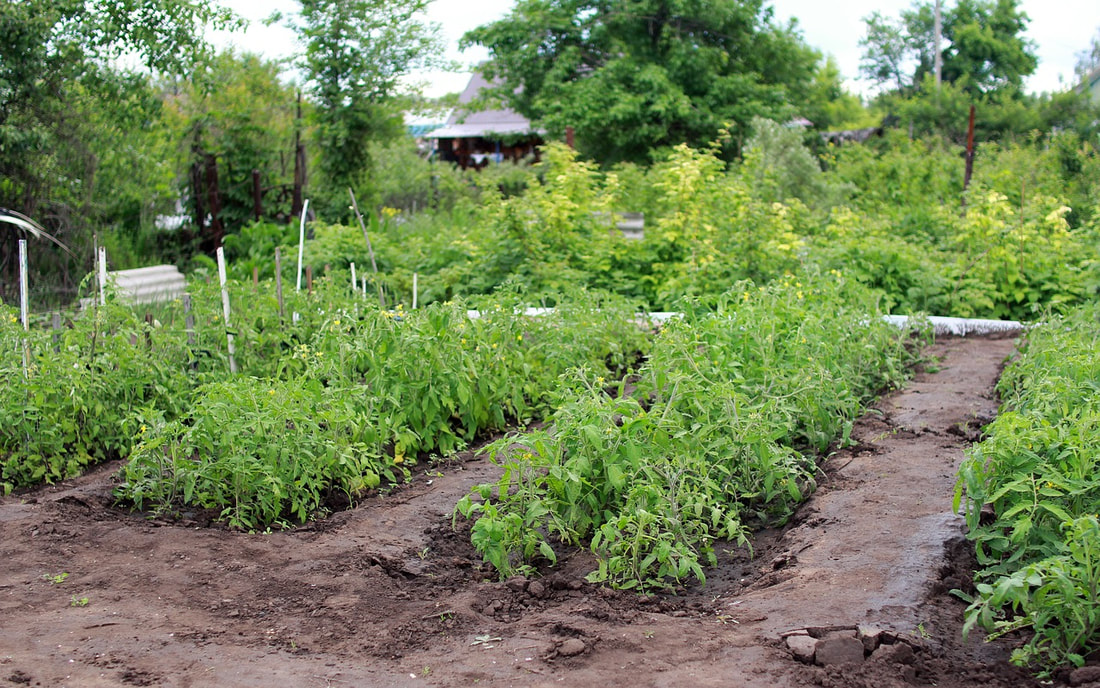How (and when) to Prune Tomatoes
Pruning tomato plants gives rise to more anxiety among gardeners than any other aspect of growing them. Although there are certainly some techniques you can use to prune tomatoes, in all honesty, pruning is largely a matter of personal preference.
I've seen gardens with vigorous sprawling plants that produce large vine-ripe tomatoes bursting with flavor, while other gardeners prefer well-manicured tomato plants. Whether you prune your tomatoes also depends on whether you grow determinate or indeterminate varieties, the amount of space available for growing, and how you stake your tomatoes.
I've seen gardens with vigorous sprawling plants that produce large vine-ripe tomatoes bursting with flavor, while other gardeners prefer well-manicured tomato plants. Whether you prune your tomatoes also depends on whether you grow determinate or indeterminate varieties, the amount of space available for growing, and how you stake your tomatoes.
Do all tomato plants need pruning?
The quick answer is "no". Tomatoes do not need pruning, but you should know that without pruning, indeterminate tomato plants reach heights of 6 feet or more and sprawl to several feet in each direction. Many gardeners prefer to prune indeterminate tomato plants to control growth and to encourage large tomatoes.
Determinate tomato plants grow to a predetermined height and stop growing. They produce all their tomatoes at one time. Determinate tomatoes should not be pruned as you run the risk of removing the fruiting clusters. They will not produce new blooms if you accidentally remove the buds.
What's the difference between pruning and pinching tomato plants?
Pruning and pinching tomato plants are basically the same as the both involve pinching new leaves or shoots between the thumb and finger to remove undesirable growth.
While pinching can be used to nip out the new center growth on young seedlings to encourage dense, compact growth, pruning typically refers to pinching out suckers to prevent them from developing into large fruit-producing stems.
While pinching can be used to nip out the new center growth on young seedlings to encourage dense, compact growth, pruning typically refers to pinching out suckers to prevent them from developing into large fruit-producing stems.
What are suckers on tomato plants?
Suckers are new branches that grow along the main stalk of the tomato plant. They form in the fork formed where branches meet the main stem of the plant. These shoots grow quickly and will produce abundant foliage and even set fruit.
New suckers will continue to sprout throughout the season. They can be allowed to grow, but your tomato plants may become overgrown and difficult to manage.
Removing them when they first appear will channel energy into the existing branches and fruit on your tomato plant.
New suckers will continue to sprout throughout the season. They can be allowed to grow, but your tomato plants may become overgrown and difficult to manage.
Removing them when they first appear will channel energy into the existing branches and fruit on your tomato plant.
When should you prune tomato plants?
Begin pruning your tomatoes plants as soon as the first suckers appear. Check the plants often as new suckers form quickly and can grow to large branches before your notice them.
Pinch the sucker between your thumb and index finger to remove it from the plant. If the sucker is large before you notice it, you can use a sharp knife or pair of clippers to remove the sucker.
Prune the ends of overgrown branches at any time to maintain the size and shape of the plant.
Pruning in the cool of the morning is preferred as the plant experiences less stress.
Pinch the sucker between your thumb and index finger to remove it from the plant. If the sucker is large before you notice it, you can use a sharp knife or pair of clippers to remove the sucker.
Prune the ends of overgrown branches at any time to maintain the size and shape of the plant.
Pruning in the cool of the morning is preferred as the plant experiences less stress.
Should you remove blossoms when you prune tomato plants?
Indeterminate tomatoes continue to grow and bloom until frost, but the blooms that appear late in the season (August for us northern gardeners) do not have time to produce fruit before the frost. Late blooms on your tomato plants should be removed. This forces the tomato plant to concentrate on the existing fruit instead of wasting its energy on fruit that likely will not mature.
What are the advantages of pruning tomato plants?
Some obvious advantages of pruning tomatoes are that it reduces the risk of disease by allowing adequate air circulation, makes caring for and staking your tomato plants easier, and often produces bigger (but fewer) tomatoes.
Some gardeners prefer to allow plants to grow naturally and enjoy the abundance of tomatoes these plants produce. Others choose to remove all suckers when they appear and leave one main stalk for the plant. Still others prefer to remove some suckers while allowing others to grow.
I personally choose to let some suckers grow and remove new ones when my plants get out of hand.
I personally choose to let some suckers grow and remove new ones when my plants get out of hand.
If you are still wondering what all the controversy is about when it comes to pruning tomatoes and can't decide if you should prune yours or not, ask yourself these questions.
Do I have room for large rambling tomato plants in my garden?
Do I want lots of small to average sized tomatoes or do I prefer fewer, but larger tomatoes?



